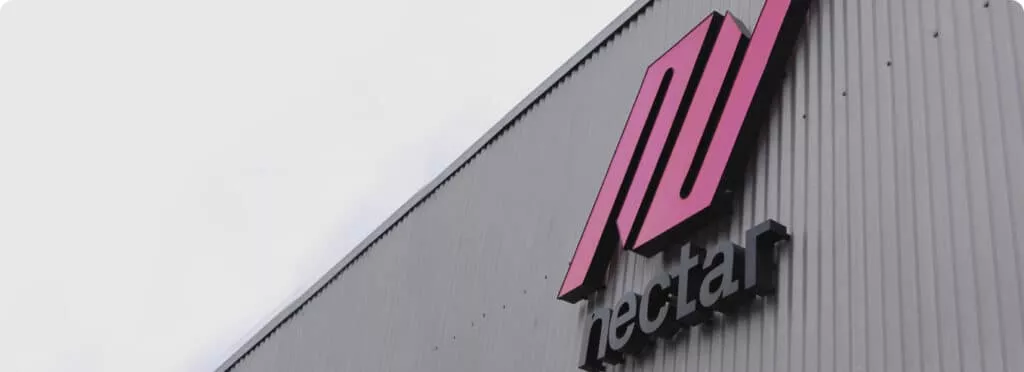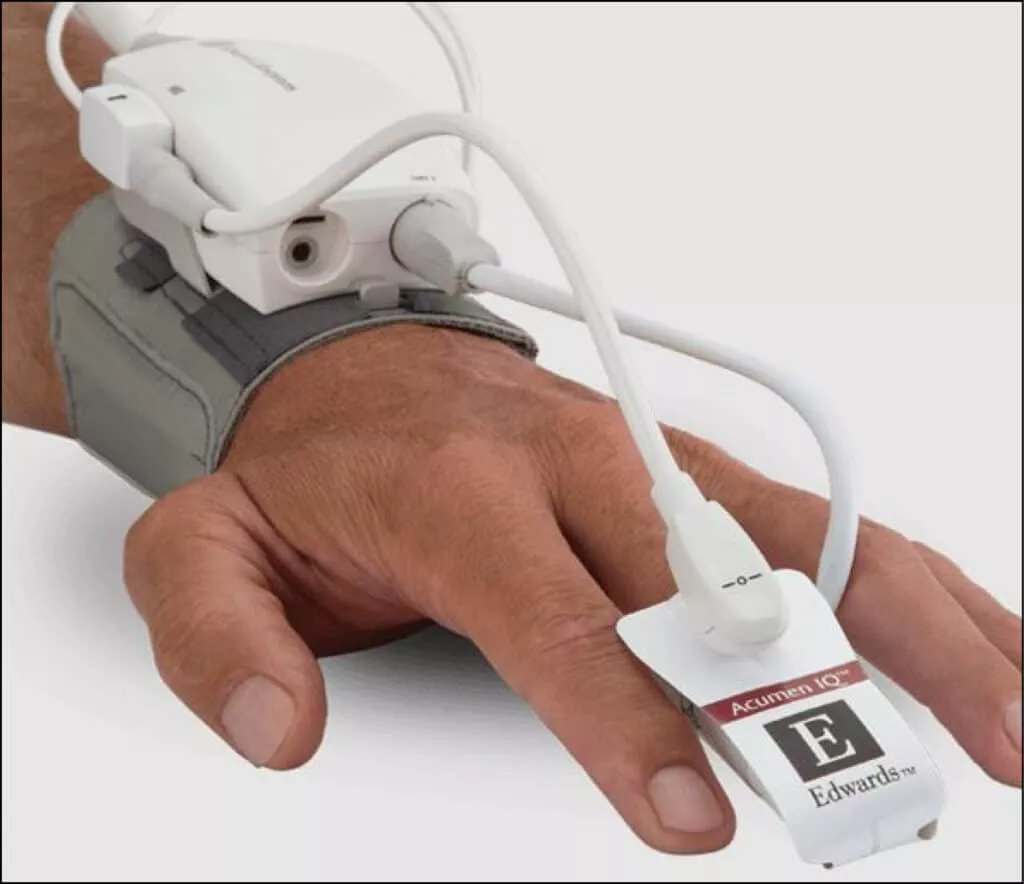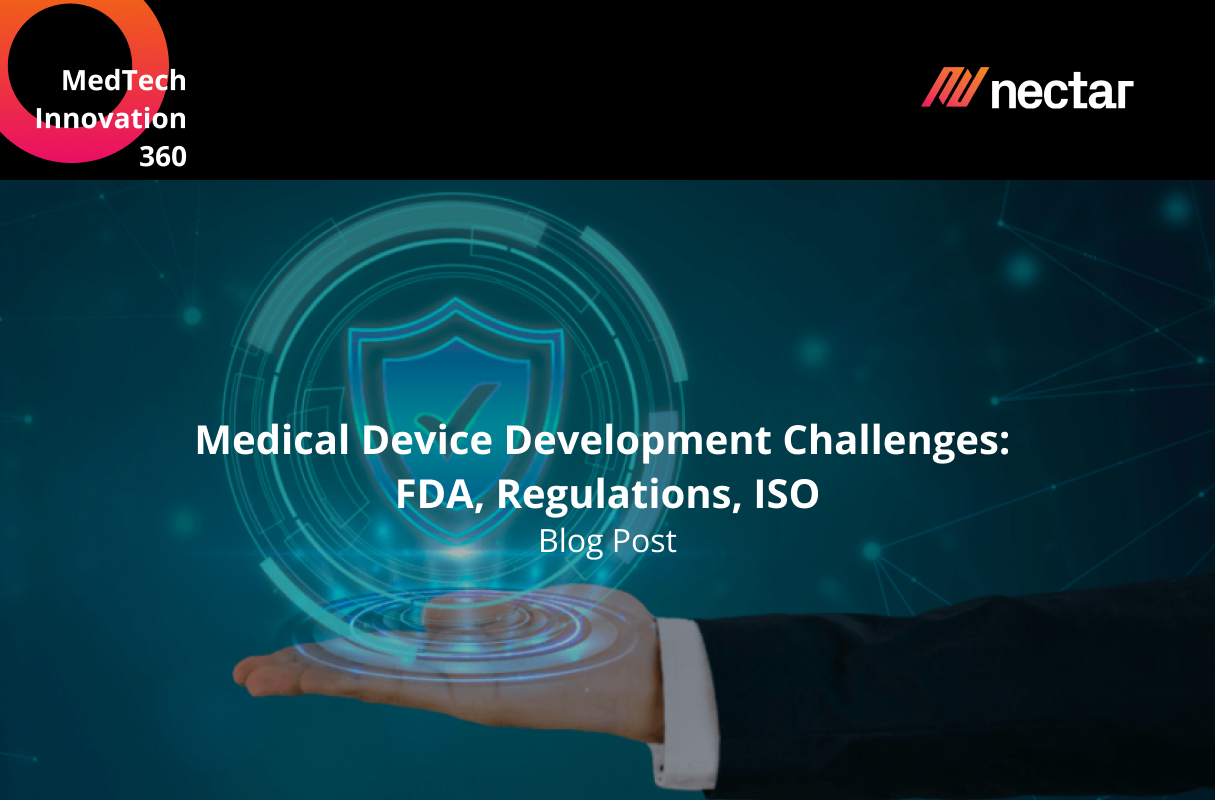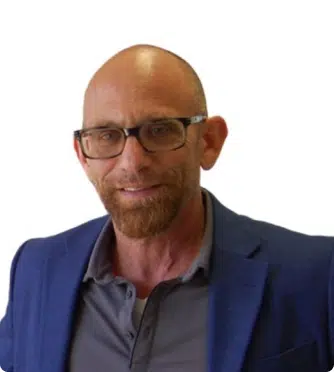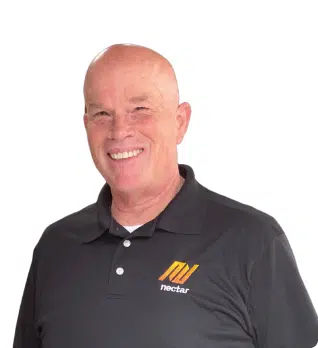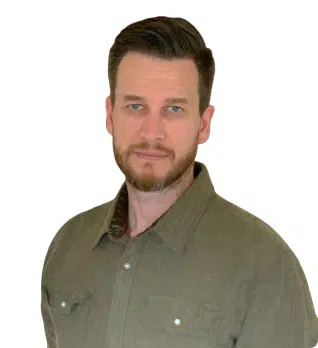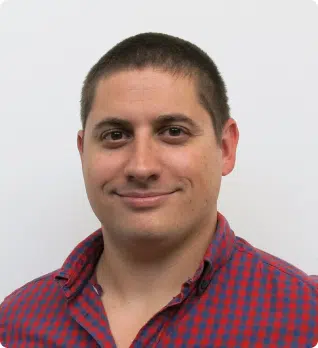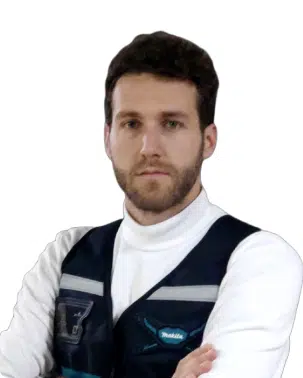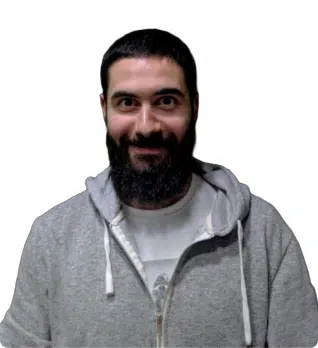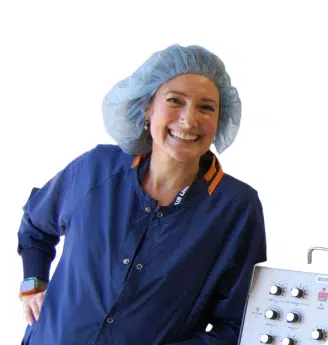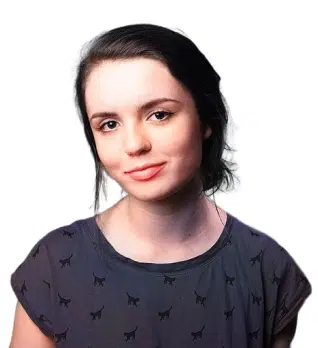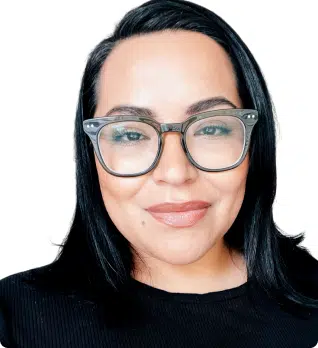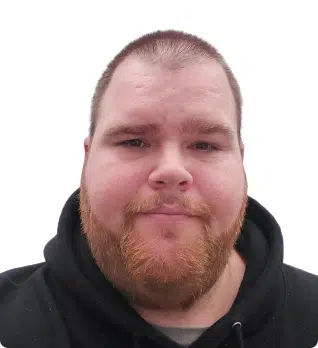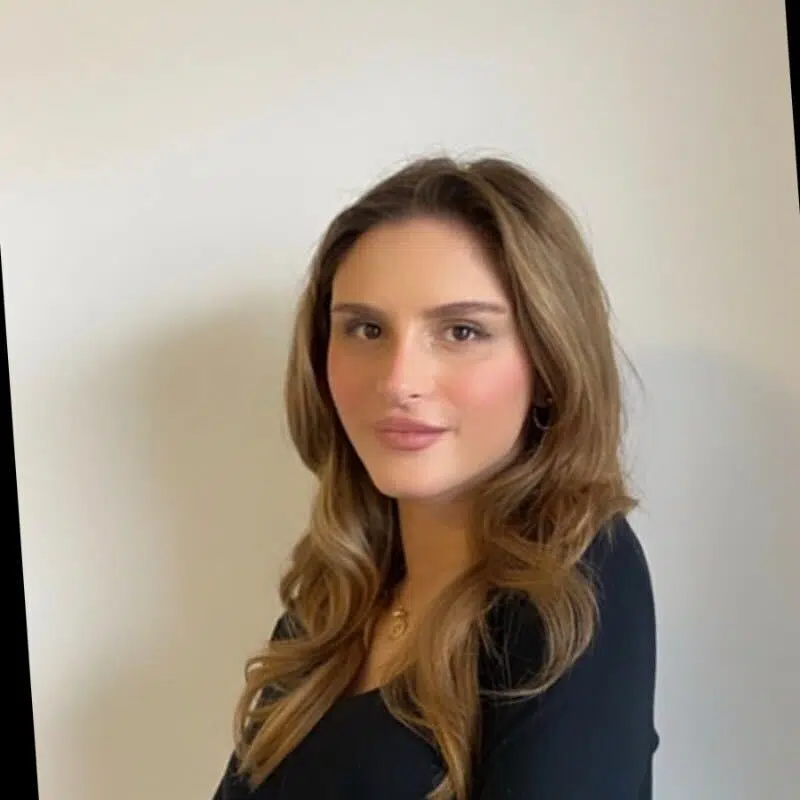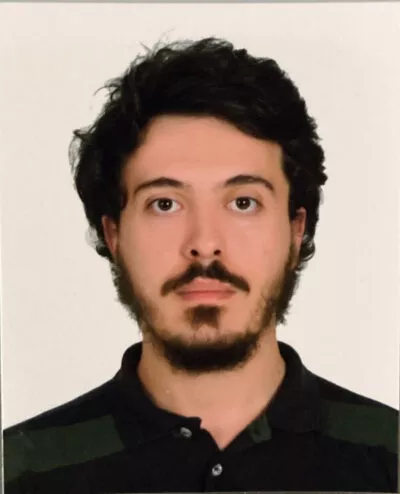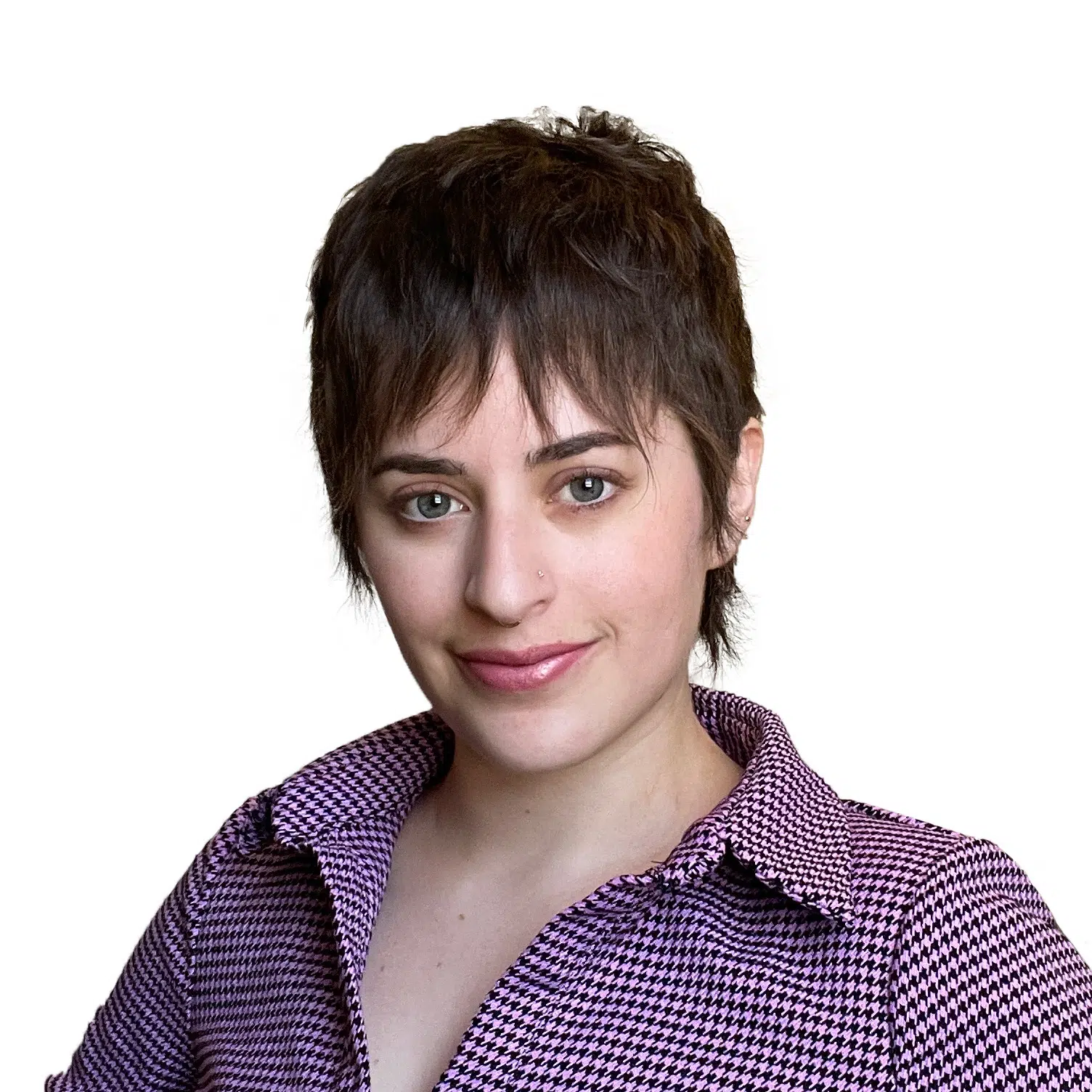Understanding Classification, Regulatory Pathways, and Medical Device Exemptions
The world of medical devices is multifaceted, and grasping the various medical device classes is essential. In this blog post, we’ll delve into the specifics of Class 2 medical device examples and their significance within the medical device development industry. We aim to clarify not only their definition but also their pivotal role in advancing healthcare.
The Class 2 Classification Process and Regulatory Considerations
Class II medical devices, in particular, are recognized for their moderate level of risk. The device classification of an item as Class II encompasses several critical factors:
- Risk management is a cornerstone in the evaluation of Class 2 devices, which are categorized as presenting a moderate risk to patients. This risk assessment is meticulous, taking into account elements like the device’s intended use and potential hazards, ensuring robust quality assurance.
- To guarantee regulatory compliance and uphold the safety and effectiveness of Class 2 devices, stringent design controls and regulatory controls are enforced. These measures span across design, manufacturing, and the implementation of a comprehensive quality system.
- In the development process, Class 2 devices often rely on comparisons with existing predicate devices. This benchmarking is crucial for quality management and facilitates the regulatory approval process by leveraging the successful track records of similar devices.
- For intricate medical device design and development, expert classification panels are sometimes necessary to accurately classify complex devices. These panels play a critical role in ensuring that the device design is appropriately aligned with its intended risks and benefits.
- When it comes to innovative medical device solutions lacking suitable predicate devices, the FDA clearance process includes the De Novo pathway. This unique process enables manufacturers to define the classification and regulatory requirements for their groundbreaking products.
The journey to successful development of Class 2 medical devices extends beyond regulatory classification; it incorporates a comprehensive approach that includes medical device design and the principles of designing medical devices, akin to Design Thinking. Discover the pivotal role Design Thinking plays in the realm of medical device development here.
What are examples of a Class 2 Medical Devices?
Class 2 medical devices represent a broad spectrum of healthcare innovations, and delving into medical device examples provides valuable insights into their extensive diversity and the range of medical devices examples available in the healthcare industry.
Diagnostic Equipment:
- Electrocardiograph (ECG) Machines stand as a prime class ii medical device example, serving a critical function in monitoring and recording the heart’s electrical activity to assist in diagnosing various cardiac conditions, and are subject to rigorous device testing to ensure reliability and safety.
- Blood Glucose Monitors, essential for diabetes management, exemplify class ii medical device examples by enabling patients to consistently track their blood sugar levels, thereby playing a vital role in personal healthcare.
Surgical Instruments:
- Surgical Scissors: Precision instruments used by surgeons for cutting tissues during surgeries.
- Infusion Pumps: Devices that deliver fluids, such as medications and nutrients, to patients intravenously.
Patient Monitoring Devices:
- Pulse Oximeters, another class ii medical device example, are indispensable in measuring blood oxygen saturation, a key parameter in monitoring the respiratory health of patients across clinical settings.
- Continuous Glucose Monitors: Advanced tools for diabetes management, providing real-time glucose level data.
Orthopedic Equipment:
- Knee Braces, which are categorized as class ii medical device examples, are engineered to provide support and stability to the knee joint, facilitating the recovery and rehabilitation process following knee injuries.
- Spinal Implants: Innovative devices used in spinal surgeries to treat various conditions and injuries.
Software-Based Medical Devices:
- Medical Imaging Software, a critical component in medical device design and development, revolutionizes the analysis and interpretation of medical images, including X-rays, MRIs, and CT scans, enhancing diagnostic accuracy and patient care.
- Telehealth platforms have surged in popularity, revolutionizing the landscape of remote healthcare consultations and monitoring with the advancement of telehealth software. This innovation is a cornerstone in the development of medical devices that cater to the growing demand for accessible healthcare solutions.
What are the different premarket submissions for class 2 devices?
Navigating the FDA’s regulatory pathways is a critical step in the development process of a Class 2 medical device. There are two primary premarket submission options that manufacturers must consider to comply with FDA device classes regulations.
Premarket Notification 510(k):
The 510(k) pathway, a common route for achieving FDA clearance for Class 2 devices, requires manufacturers to prove that their product is substantially equivalent to an existing, legally marketed predicate device. This regulatory compliance is a pivotal aspect of the approval process, with several key points warranting close attention.
- Documentation: Prepare a comprehensive submission package, including device descriptions, intended use, and performance data.
- Quality assurance plays a vital role in establishing Substantial Equivalence, as it’s crucial to demonstrate how your device mirrors the predicate in materials, design, and intended use. This comparison is a fundamental part of the manufacturing process, ensuring safety and efficacy.
- Performance Testing**: Conduct performance testing to validate the safety and effectiveness of your device.
De Novo:
For innovative medical device solutions that break new ground without comparable predicate devices, the De Novo process is the appropriate regulatory pathway. This process is designed to evaluate and bring novel devices to market safely and effectively.
- When developing medical devices that are pioneering in nature, submission of a De Novo request is necessary. This includes a comprehensive dossier detailing your device’s design, intended use, and performance characteristics, marking a significant milestone in the development of medical devices.
- The FDA’s review and classification of your submission is a crucial phase in regulatory compliance, determining the device classification into Class 1, 2, or 3. This classification is based on an assessment of the device’s risks and benefits, ensuring patient safety and device efficacy.
- Instituting quality management protocols, the FDA sets forth specific regulatory controls for your device, ensuring both its safety and effectiveness as part of a comprehensive quality system.
Grasping the array of premarket submission options is essential for the successful introduction of your Class 2 medical device to the market, aligning with the established medical device classes.
What device exemptions exist for class 2?
Device exemptions can streamline the regulatory compliance process for certain Class 2 medical devices. Let’s delve into the particulars of device exemptions:
Specific Regulatory Exemptions:
Eligibility for Exemptions: Some devices within the Class 2 category may be eligible for certain regulatory exemptions, often granted when the device presents minimal risks, negating the need for additional controls to assure safety and effectiveness. This can include exemptions typically associated with class i medical device standards.
FDA Assessment: The FDA’s determination process involves a thorough evaluation to decide which Class 2 devices can be exempted from more stringent regulations, based on their intended use, associated risks, and a track record of safety, thereby ensuring regulatory compliance.
Examples of Exemptions:
Class I Exemption Criteria: Devices in Class 2 may receive class i medical device exemptions if they are deemed to pose minimal risk and satisfy certain criteria, thus simplifying the regulatory journey and lessening the approval time and resources needed.
Advantages of Exemptions: Leveraging benefits of exemptions can accelerate the development, authorization, and market introduction of Class 2 devices. Nonetheless, it’s imperative to fully comprehend the implications and boundaries of these exemptions, particularly in the context of device design.
By leveraging device exemptions strategically, manufacturers can navigate the regulatory landscape more efficiently, ensuring that their Class 2 devices not only meet the necessary safety standards but also uphold the highest quality assurance measures.
Summary
In conclusion, Class 2 medical device examples illustrate the pivotal role these instruments play in the healthcare industry, offering a diverse range of solutions for patient care and treatment.
Understanding the different medical device classes, regulatory pathways, and potential exemptions is essential for manufacturers aiming to develop and successfully market these devices. By doing so, they contribute to advancements in medical technology while ensuring compliance and safeguarding patient safety.
